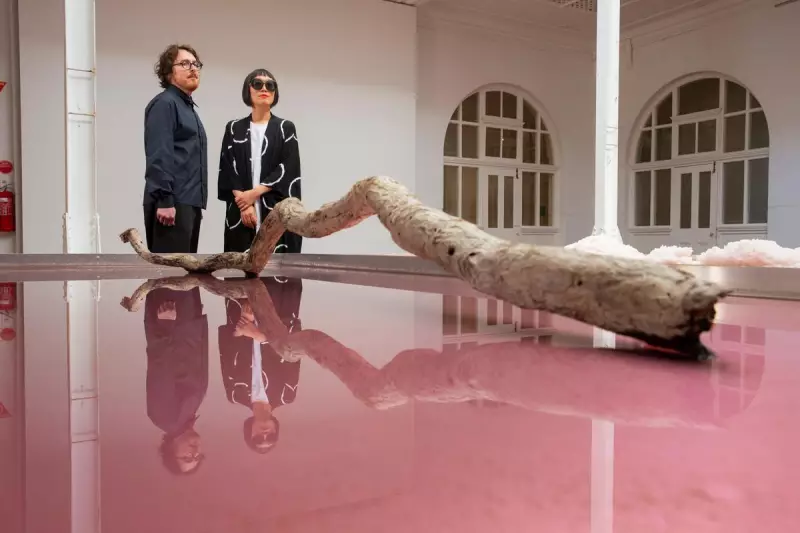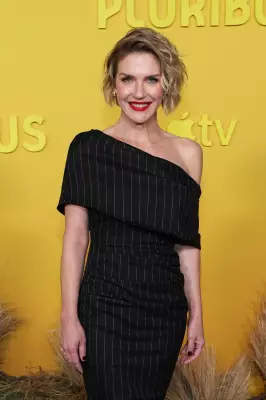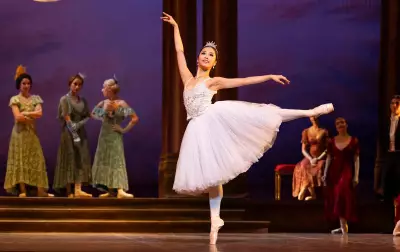
When artists Charlie Lawler and Wona Bae first glimpsed Western Australia from their airplane window last year, they witnessed a breathtaking natural phenomenon that would inspire their latest masterpiece. Stretching beneath them lay the state's vast outback landscape, dotted with countless pink-hued pools that immediately captured their artistic imagination.
From Aerial View to Artistic Vision
The artistic duo, who split their time between Sydney and Seoul, began researching these mysterious pink formations immediately upon landing. Their discovery of Western Australia's iconic salt lakes sparked a creative journey that culminates in their installation for this year's Fremantle Biennale.
"We started learning more about the landscape here. The history is so fascinating," Lawler explains. "There are areas in WA which are almost as old as the Earth itself."
For the past decade, Lawler and Bae have collaborated on projects exploring humanity's relationship with the natural world. Their previous works include a giant recreation of what scientists believe was the world's first flower and photographic studies of coastal ecosystems.
Pool of Content: Blending Nature and Architecture
Their Fremantle Biennale piece, titled Pool of Content, represents their first foray into working with water. The installation transforms the heritage-listed Old Customs House in Fremantle with several pools of pink salt lakes, creating what the artists describe as a "speculative future world."
"Essentially we're putting several pools of pink salt lakes into the Old Customs House," Lawler says. "We're building a speculative future world within the space. So the idea is we're bringing the natural landscape into a space that's traditionally a colonial structure."
The project hasn't been without its challenges. Installing large quantities of water and salt into a heritage-listed building required innovative solutions and careful planning. The artists treated the entire process as an ongoing experiment, with their studio becoming a laboratory for growing salt crystals on different mediums.
The Science Behind the Art
Lawler sees strong connections between artistic and scientific processes. "Scientists are the most creative people I know," he observes. "I do think we've crossed over into some weird sort of experimentation to create this world."
Bae adds her perspective on their artistic mission: "I want to give nature a voice. After humans have left the village, when people are not there, nature will take over our architecture and construction. They are the sort of things that fascinate me."
The installation promises to be a dynamic, evolving work. Because it uses natural crystals, the piece will continue to grow and transform throughout the exhibition period. "It's organic," Lawler notes. "The way you see it on day one will be very different than the way you see it on the closing day of the festival."
The artists hope their work encourages visitors to reconsider their relationship with the natural environment. "All of our work, we just hope that people will see the natural world in a different light," Lawler says. "We like to share our explorations of the natural patterns and systems we see."
Pool of Content will be on display at Fremantle's Old Customs House from November 13 to November 30 as part of the Fremantle Biennale. Visitors can witness the gradual transformation of this unique installation that bridges Western Australia's natural wonders with contemporary artistic practice.





